Common kingfisher (Alcedo atthis)
Common Kingfisher (Alcedo atthis)
The Common Kingfisher is one of Europe and Asia’s most iconic small water birds, admired for its dazzling colors and swift, darting flight. Belonging to the family Alcedinidae, it is a true specialist of rivers, streams, and lakes, where it hunts for fish with remarkable precision.
🐦 Identification
- Length: 16–17 cm
- Wingspan: 24–26 cm
- Weight: 30–40 g
Plumage:
- Upperparts: Bright metallic blue to turquoise
- Underparts: Rich orange-rust chest and belly
- Head: Blue crown with pale blue streaks
- Bill: Long, straight, and sharp — black in males; lower mandible partly orange in females
- Feet: Bright red or orange-red
- Eyes: Large, dark, adapted for excellent underwater vision
The combination of intense blue and orange makes it unmistakable.
🌿 Habitat
- Prefers clean, slow-moving or still freshwater bodies:
- Rivers and streams
- Lakes and ponds
- Canals and wetlands
- Requires steep, exposed earthen banks for nesting burrows
🍽️ Diet
- Primarily feeds on:
- Small fish (e.g. minnows, sticklebacks)
- Aquatic insects (e.g. dragonfly larvae, beetles)
- Occasionally small amphibians or crustaceans
- Hunts from perches above the water, diving headfirst with incredible speed and accuracy
🔁 Behavior & Life Cycle
Breeding:
- Season: Spring to late summer
- Both parents dig a burrow tunnel (~50–100 cm deep) into a vertical riverbank
- 2–3 broods per year possible
- Clutch: 5–7 eggs, incubated for ~19–21 days
- Both parents feed the chicks, which fledge after about 3–4 weeks
Hunting:
- Known for its “hover and dive” technique when no good perches are available
- Can swallow fish head-first to avoid fins catching in the throat
Territorial:
- Highly territorial year-round, especially during breeding season
- Fierce disputes between individuals over feeding grounds
🌍 Distribution
- Wide range across:
- Europe
- North Africa
- Middle East
- South and Southeast Asia
- Extending into parts of East Asia
- Resident in much of its range, though northern populations may move south in winter if waters freeze.
🧬 Interesting Facts
- Despite being common in suitable habitats, it can be elusive due to its fast, low flight and nervous nature.
- Its intense blue color isn’t due to pigments but structural coloration — light scattering off microscopic feather structures.
- An indicator species for healthy, unpolluted freshwater systems.
🛡️ Conservation Status
- IUCN Red List: Least Concern
- Threats include:
- Water pollution
- Loss of nesting habitat (bank erosion or stabilization)
- Disturbance from human activity
- Conservation efforts focus on preserving clean water bodies and protecting nesting sites.
The Common Kingfisher (Alcedo atthis) remains one of the most beloved and beautiful birds in its range. Its sudden flashes of electric blue across quiet streams are unforgettable for birdwatchers and nature lovers, symbolizing both the beauty and fragility of freshwater ecosystems.

Here’s a refined breakdown of the Common Kingfisher (Alcedo atthis), drawing from Wildpix’s visuals and authoritative sources:
🎨 Appearance & Identification
- Size: Roughly 16–17 cm long with a 24–26 cm wingspan; weighs about 30–45 g (en.wikipedia.org, karits.eu).
- Plumage: Iridescent blue-green upperparts, bright orange underparts, and a white throat patch.
- Bill & feet: Long straight bill—completely black in males, lower mandible reddish-orange in females—paired with vivid red-orange feet (karits.eu, karits.eu).
🌍 Distribution & Habitat
- Geographic range: Widespread across Europe, Asia, and North Africa; partial migrants—northern populations retreat during winter (animaldiversity.org).
- Preferred habitat: Found along freshwater bodies (streams, rivers, lakes) with clear water and overhanging vegetation; can also occur in brackish estuaries in winter (en.wikipedia.org).
🥗 Diet & Hunting Behavior
- Diet: Primarily fish (small minnows, sticklebacks, etc.), supplemented by aquatic insects, crustaceans, and occasionally amphibians (en.wikipedia.org).
- Feeding technique: Hunts from perches just above water, dives head-first, uses nictitating membrane for eye protection, and beats prey before swallowing (en.wikipedia.org).
🐣 Breeding & Territorial Behavior
- Territory: Highly territorial; each has a stretch of water (1–3 km long) for foraging (theanimalfiles.com).
- Nesting: Excavates burrows in riverbanks or quarries; lays 2–10 glossy white eggs, both parents incubate, and chicks fledge after ~24–28 days (en.wikipedia.org).
🕊️ Behavior & Lifespan
- Flight: Fast, direct, and low over water, often producing a flash of electric blue (en.wikipedia.org).
- Longevity: Typically lives 2–3 years, though some can reach 7–15 years (karits.eu).
- Calls: Emits a sharp high-pitched “chee” whistle in flight and harsh alarm calls when threatened; chicks chirp rapidly for food (app.birda.org).
🛡️ Conservation & Indicators
- Status: Classified as Least Concern by IUCN; locally vulnerable to water pollution, habitat degradation, and severe winters (app.birda.org).
- Ecosystem role: Sensitive indicators of freshwater health—presence signals good water quality (datazone.birdlife.org).
📸 Wildpix Observations
- Erik Karits’s images beautifully capture the bird’s vibrant backlighting, perching posture, and watery glare—highlighting vivid coloration and typical behavior.
✅ Summary
The Common Kingfisher is a small, dazzlingly colorful piscivorous bird well-adapted to riparian habitats. A skilled hunter, it relies on clear water and vegetated banks, nesting in burrows and defending exclusive territories. Despite global stability, local populations face pressures from environmental changes—making them vital indicators of freshwater ecosystem health. Karits’s photos truly bring its charm and ecological niche to life.
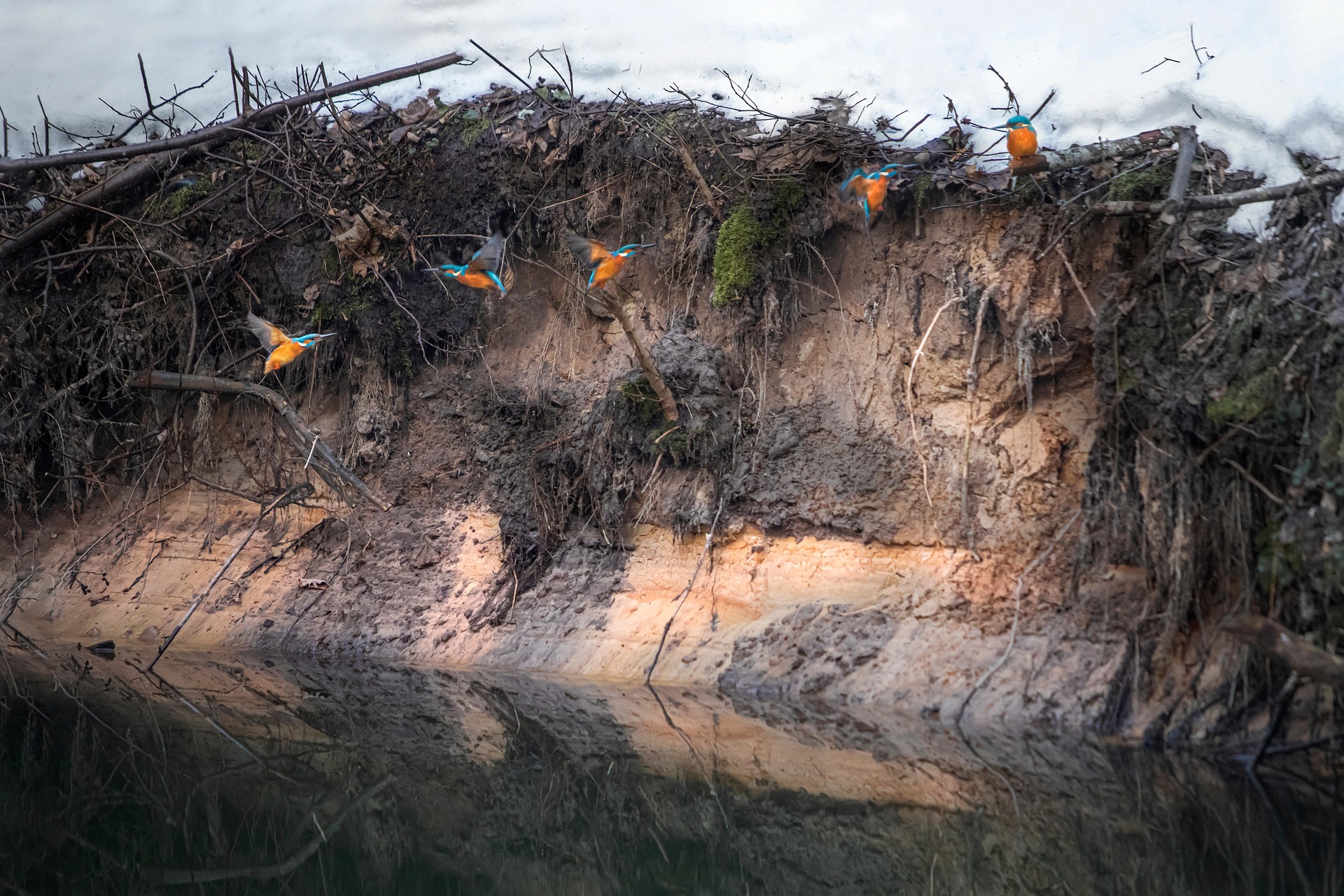
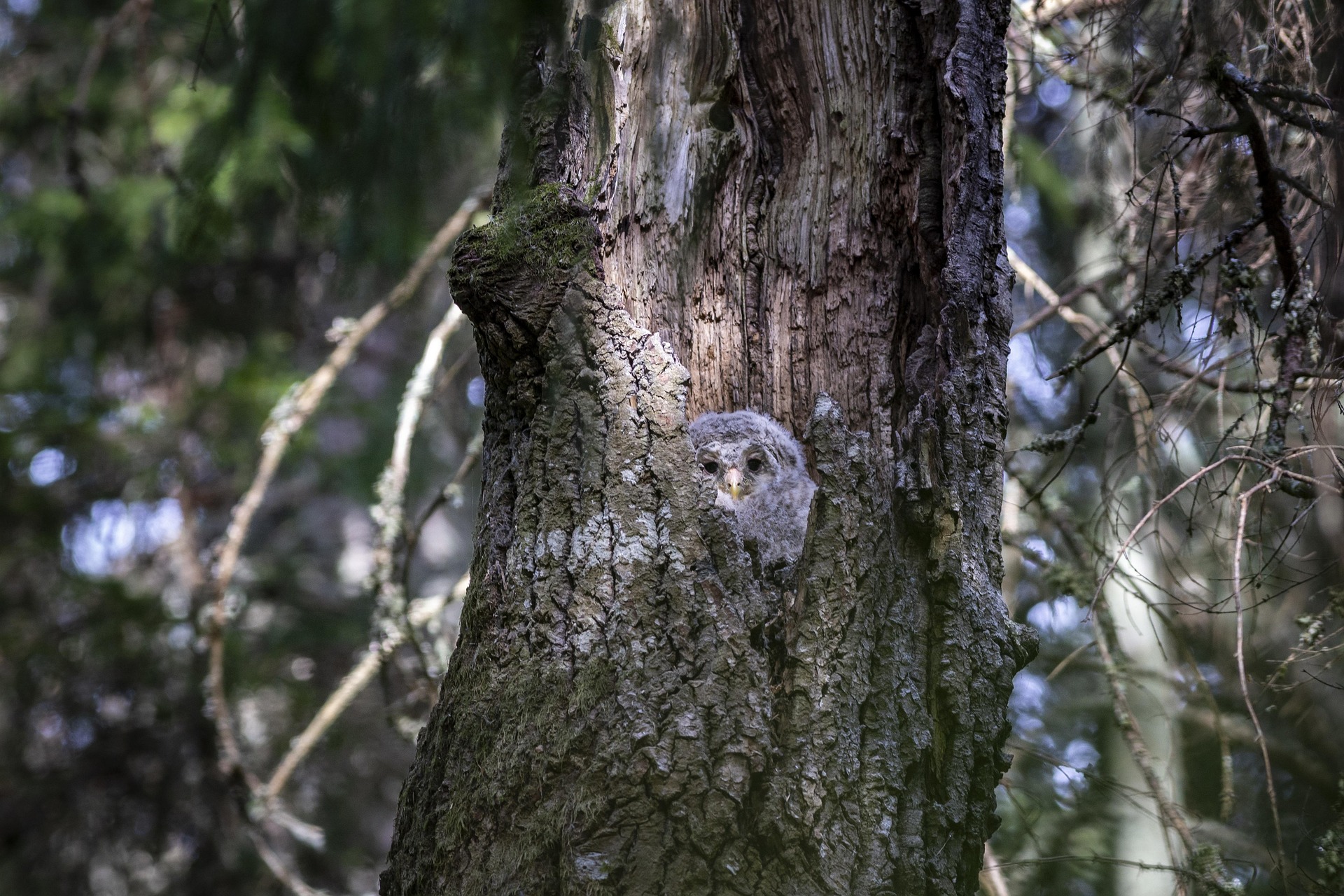
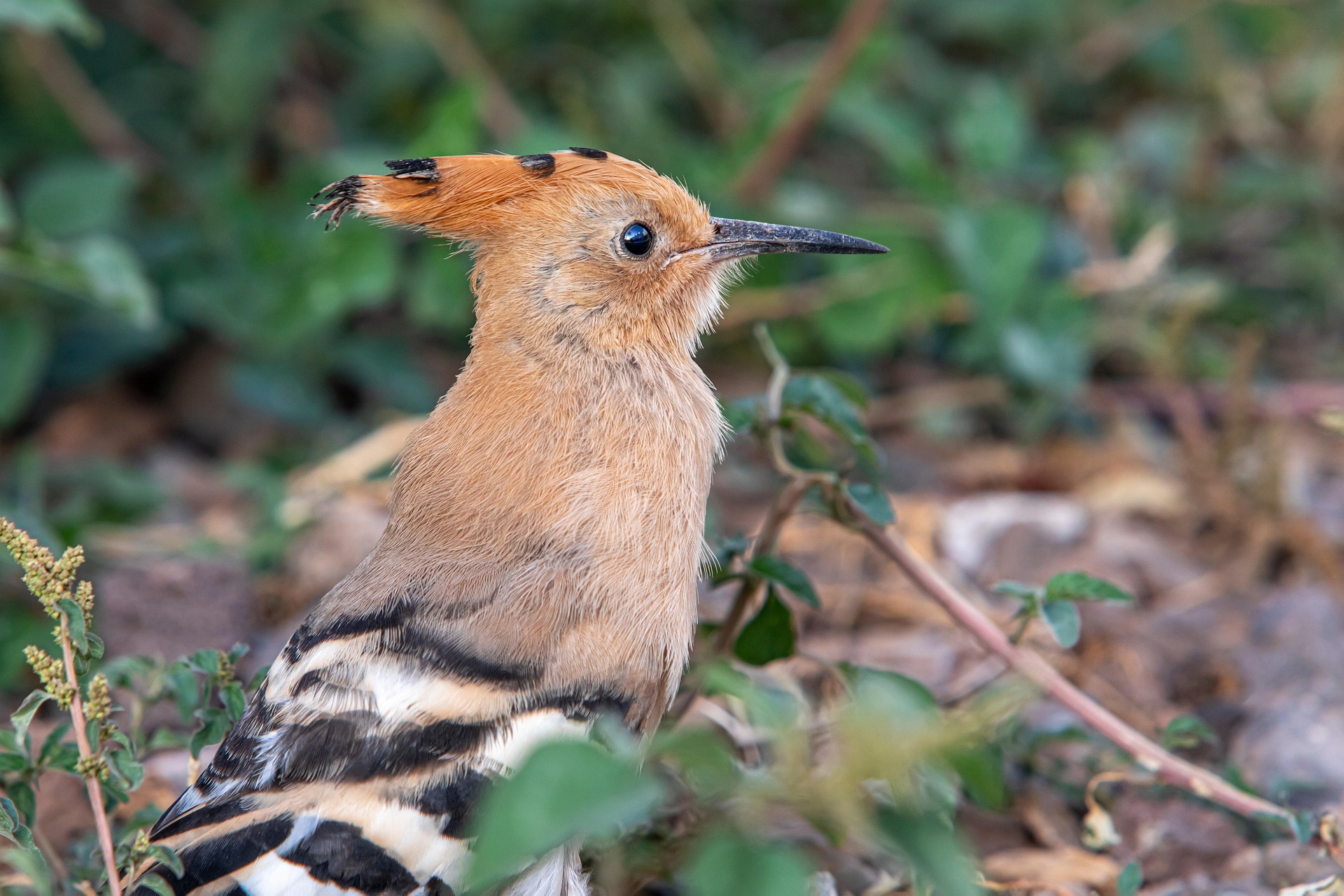
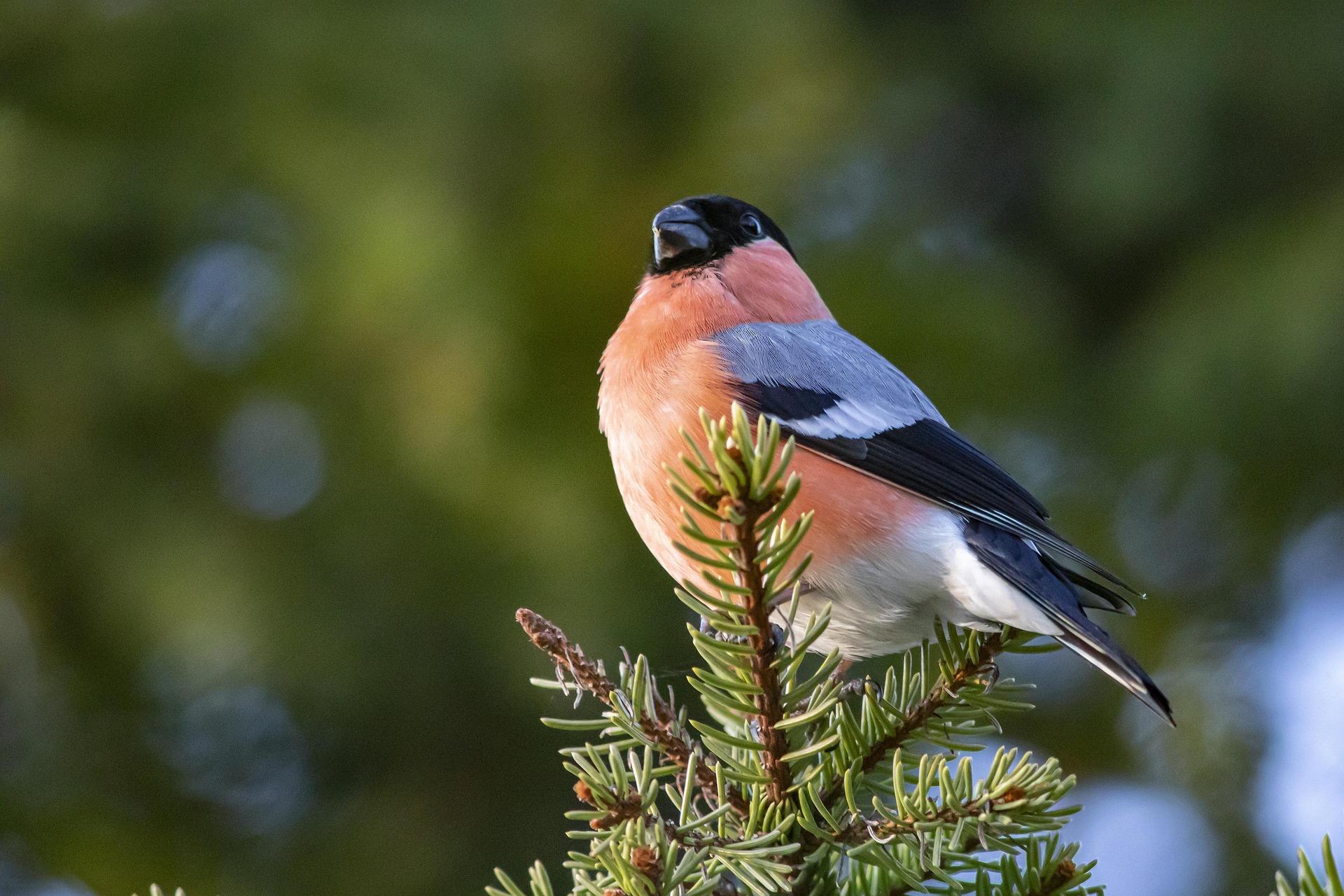

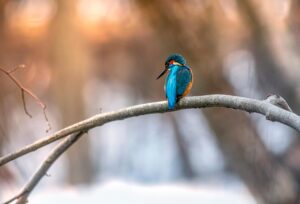
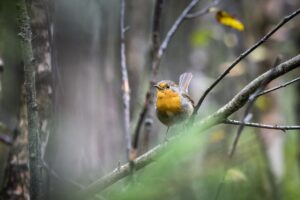
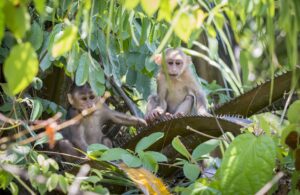
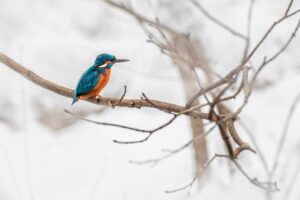
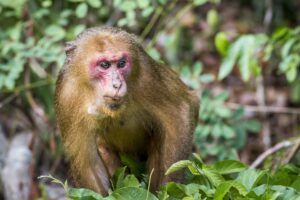
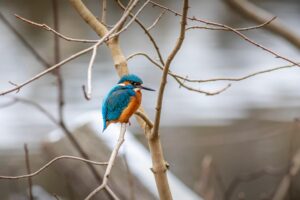
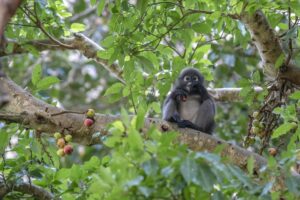

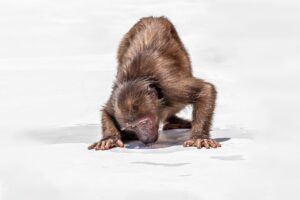
Post Comment